
Root vegetables are readily available all year, but hit peak flavor during the colder months of autumn and winter. An excellent stand-in for grains or refined starches, these fiber-rich veggies are a source of complex carbohydrates (which provide sustained energy), fiber (linked to heart and gut health) and prebiotics (food for existing intestinal flora).
“[Root vegetables] are high in vitamins C and A as well as other phytonutrients. I recommend root veggies to anyone who has a sweet tooth. Their subtly sweet taste can help satisfy that craving without a spike in blood sugar,” says Melissa Groves, a registered dietitian with Better Gut Better Health in New Hampshire. Perhaps that explains why sweet potatoes are all the rage.
While carrots and yams will forever hold their place in the healthy food hall of fame, they aren’t the only roots worth a place on your plate. Here are more delicious, yet often overlooked vegetables that deserve your attention this season.
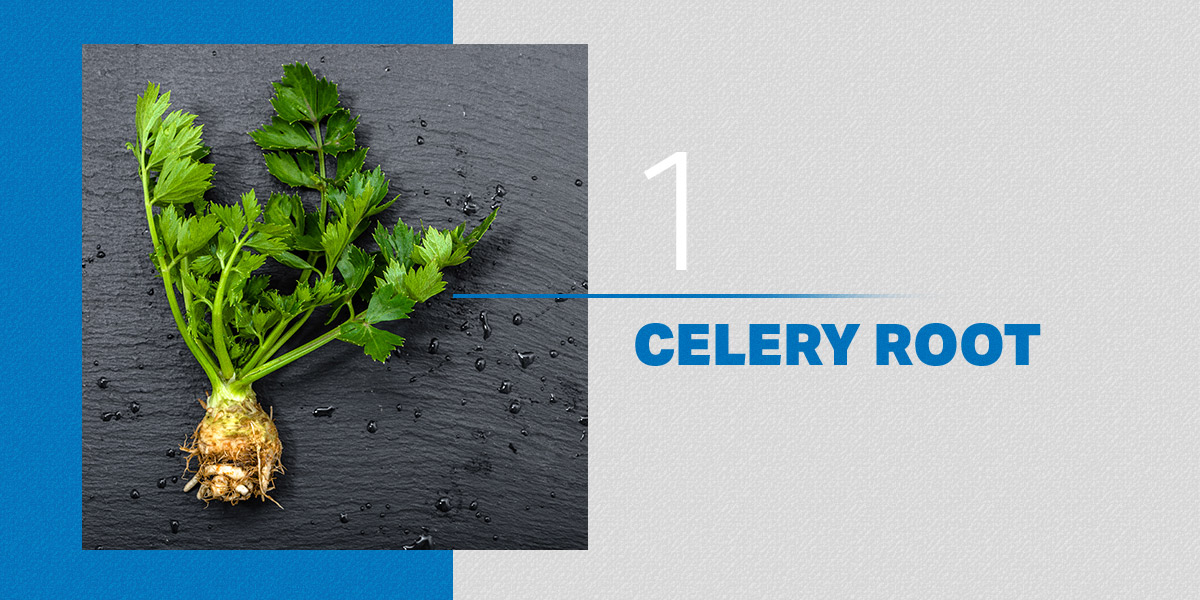
Also known as celery root, celeriac isn’t the most attractive vegetable at the grocery store, but its gnarled exterior hides a fragrant, tender core with a delicate celery flavor. Nutritionally, celeriac is very high in vitamin K, which is necessary for blood clotting, according to Groves.
To prepare, peel the outer layer with a sturdy vegetable peeler or knife. Once the tough exterior is removed, add it to soups and stews, enjoy steamed and pureed or shred it in a food processor and add it to a salad.

Sometimes called sunchokes, Jerusalem artichokes are knobby vegetables that could easily be confused with small pieces of ginger root. Sauteed, steamed, fried or boiled, this vegetable can be prepared in a myriad of ways, much in the same way potatoes can. “[Sunchokes are] one of the best sources of prebiotics,” says Groves, making them ideal for improving digestion.
Sunchokes can be used with or without the peel, but be sure to use a vegetable brush to scrub dirt off the exterior. Simply roast with olive oil, salt, pepper and herbs for an easy side dish.
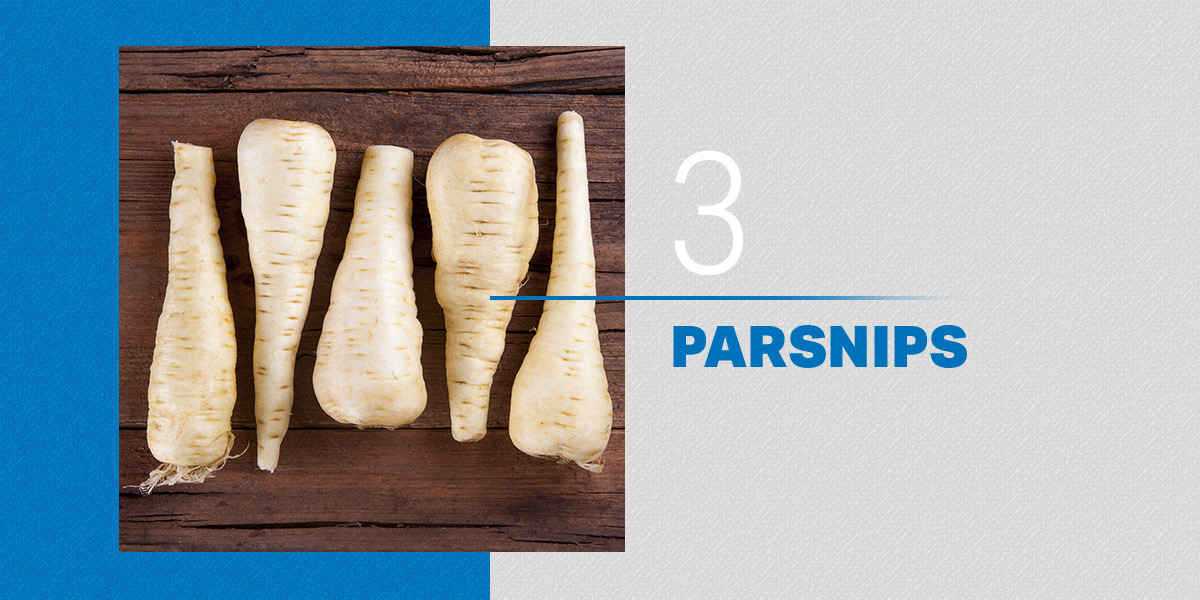
Part of the carrot family, parsnips are easily recognized by their similar shape: an elongated, tapered root. Like its orange-hued cousin, parsnips are sweet and crunchy and hold their shape well in soups and stews. According to Groves, parsnips are high in potassium, a mineral necessary for bodily function.
Choose parsnips on the small-to-medium side, avoiding the large ones, which tend to be tough and woody.
 As the trusted, #1 Pharmacist-Recommended vitamin and supplement brand, we’re committed to making only high-quality products you can choose with confidence to start the day off right. Pick up Nature Made vitamins to support your health and wellness every day.
As the trusted, #1 Pharmacist-Recommended vitamin and supplement brand, we’re committed to making only high-quality products you can choose with confidence to start the day off right. Pick up Nature Made vitamins to support your health and wellness every day.
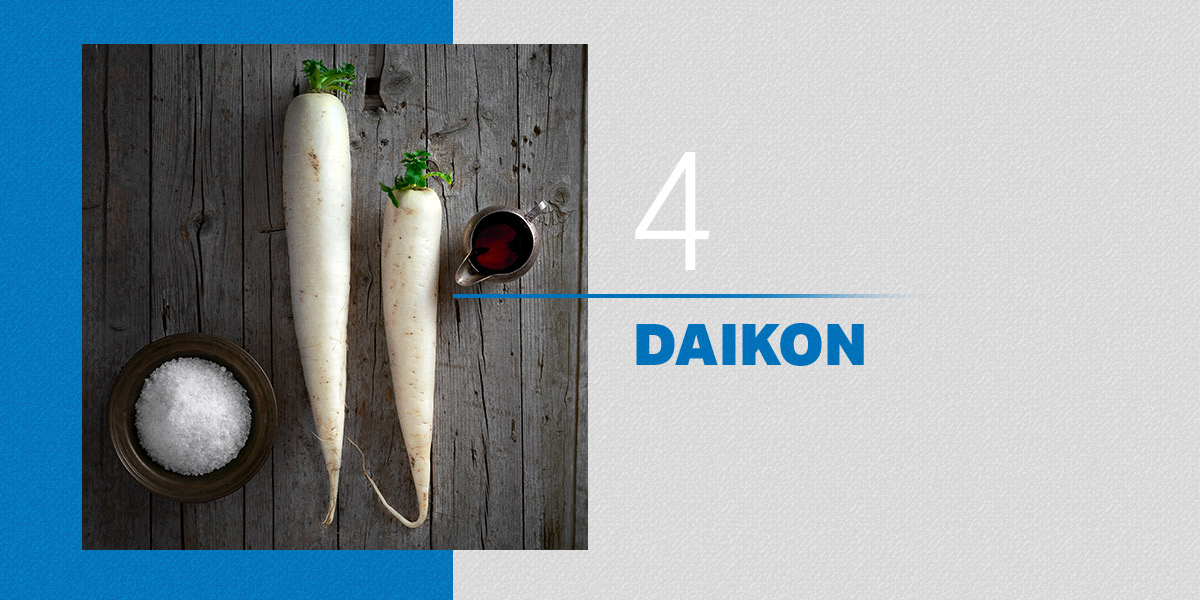
A variety of radish that is used widely across Asia, daikon is heartier but also milder in flavor than a typical red radish. It’s also often used as a palate cleanser in sushi restaurants or as a pickled condiment, such as in Vietnamese banh mi sandwiches or Korean kimchi. It lends itself well to braising and roasting and picks up the flavors of the liquid it is cooked in. “Like other radishes, it’s low in calories and is a good source of vitamin C,” says Groves.
Daikon can be eaten raw or cooked: Try peeling it and slicing thinly to eat as a snack.
READ MORE > 5 ZOODLE RECIPES UNDER 400 CALORIES
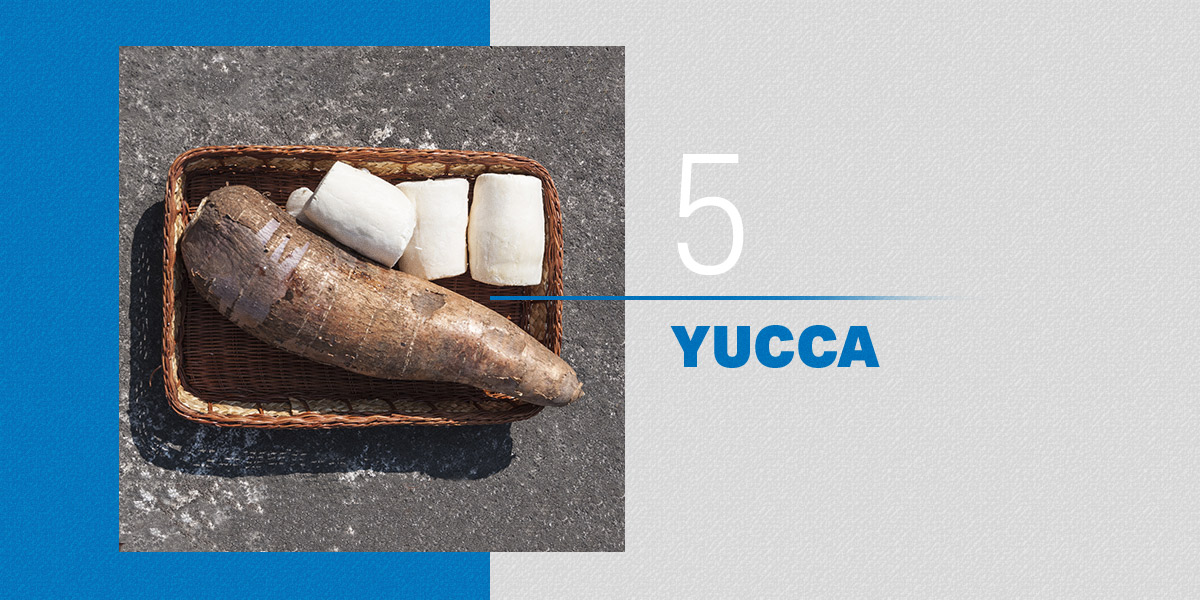
Also commonly called cassava or manioc, yucca root is often used in Africa, South America and the Caribbean, as well as in certain parts of Asia. With its neutral flavor and starchy texture, it can be adapted to savory and sweet recipes, from seasoned french fries to sweet cassava cake. “Yucca may help lower cholesterol and blood pressure and may improve symptoms of arthritis,” says Groves. “[Yucca also] contains vitamin C and B vitamins.”
When choosing a yucca root, make sure it’s firm with no soft spots; roots that have black spots in the center when cut open are past their prime. The waxy skin can be peeled away with a knife, and the root should be boiled before frying or baking.
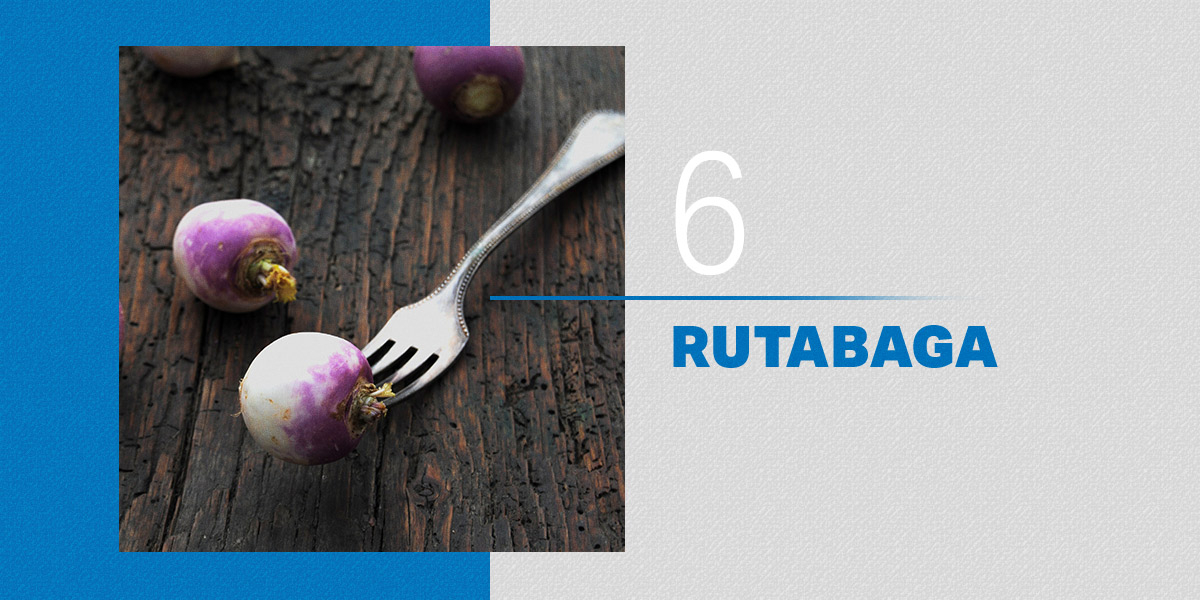
Larger and with yellowish flesh, rutabagas are otherwise similar to turnips. Because they’re high in fiber and vitamin C they’re an excellent choice for aiding digestion and immunity. These roots can be peeled and roasted, pureed or mashed, making them a perfect substitute for potatoes.
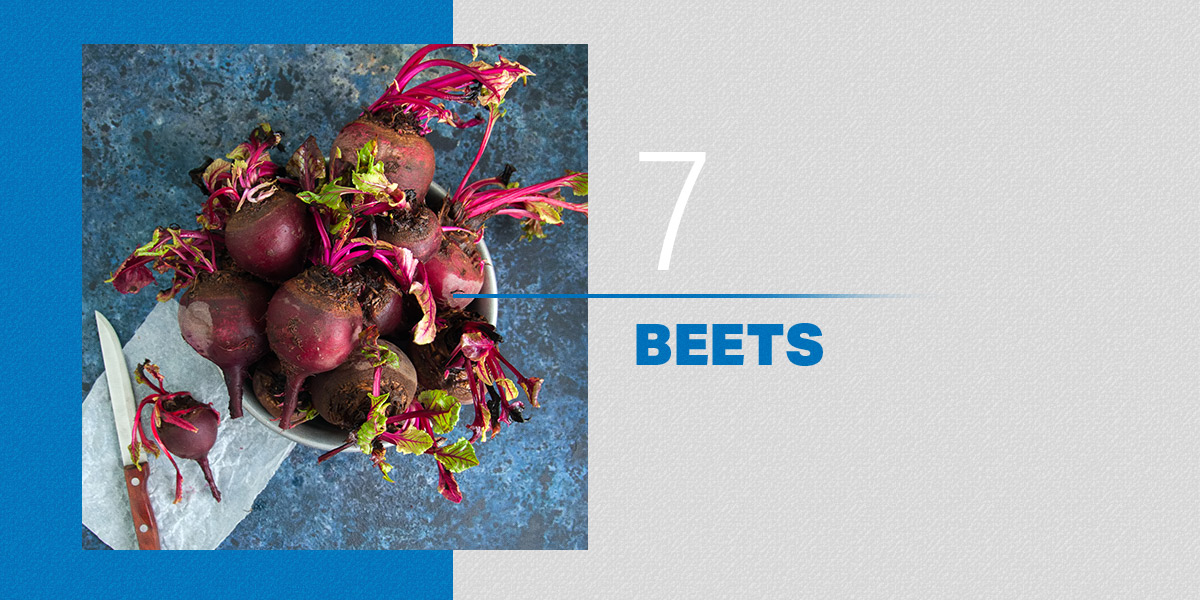
A salad bar staple, there are many different varieties of beets, all with a unique flavor profile. So, if you don’t like the red ones, don’t rule all beets out! Golden and chioggia beets have a brighter, less earthy flavor than the red ones. “Beets are a natural source of nitrates, which convert to nitric oxide in the body. Nitric oxide can lower blood pressure and improve exercise endurance,” says Groves, adding that beets are also “a source of betaine, which helps lower the risk for heart disease by lowering homocysteine and a good source of folate, necessary for red blood cell development and manganese, involved in bone health.”
Raw beets can be added to smoothies, sliced paper thin atop a salad, roasted and dressed with salt and olive oil for a simple side, or turned into nutritious soups in the winter months.
THE LAST WORD
“Root vegetables are beneficial to almost everyone,” says Groves. “However, they are starchy vegetables, so if someone is looking to lose weight, I usually recommend keeping the portion size to around a quarter of your plate.”
Written by Bernadette Marchard de Gramont, who holds a BA in Dance from the University of Hawai’i at Mānoa, where her coursework included kinesiology, anatomy and nutrition. She currently teaches Pilates in the Bay Area and uses her movement background to help her clients explore their strength, increase their mobility and enjoy being in their bodies. Follow her at LoveofTaste.com and on Twitter and Instagram.
The post 7 Weird Root Vegetables You’ll Love appeared first on Under Armour.
(via MyFitnessPal Blog)




